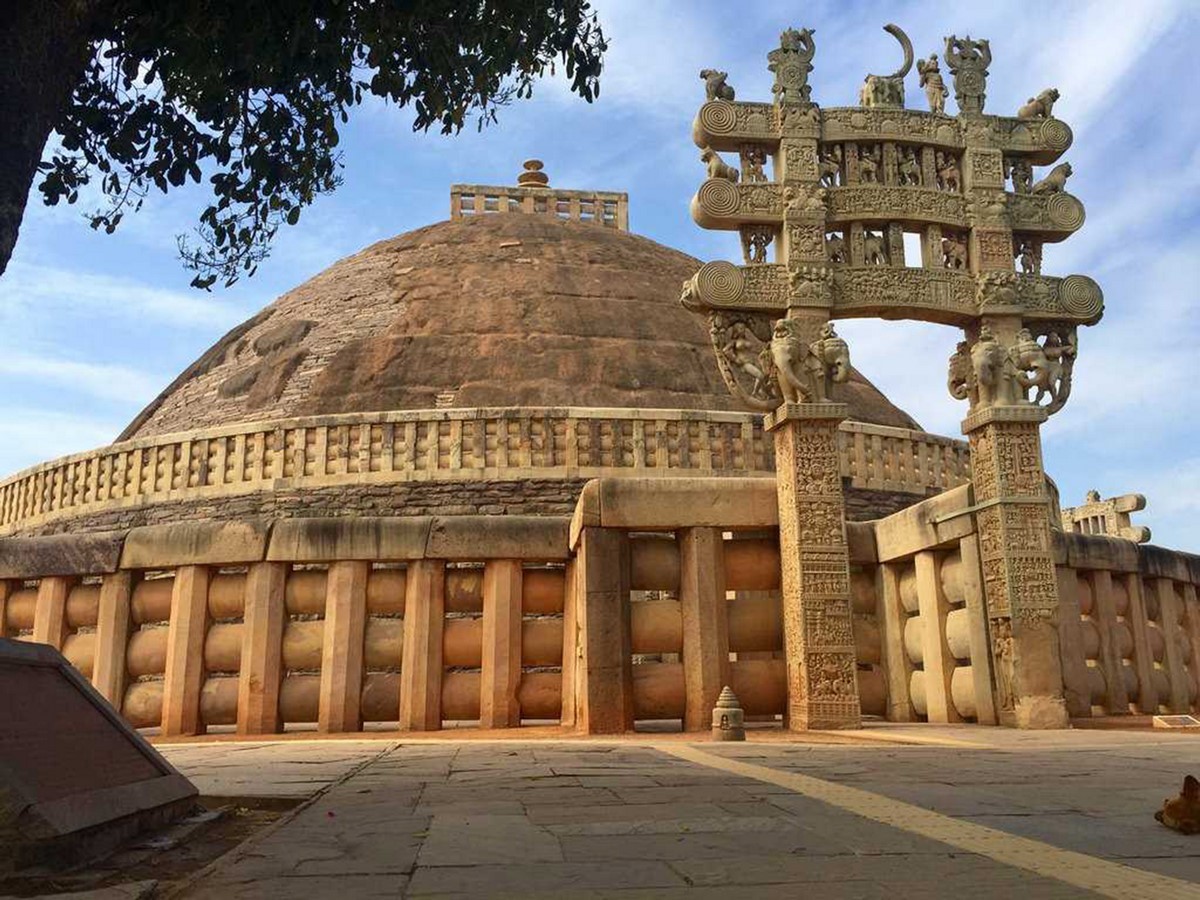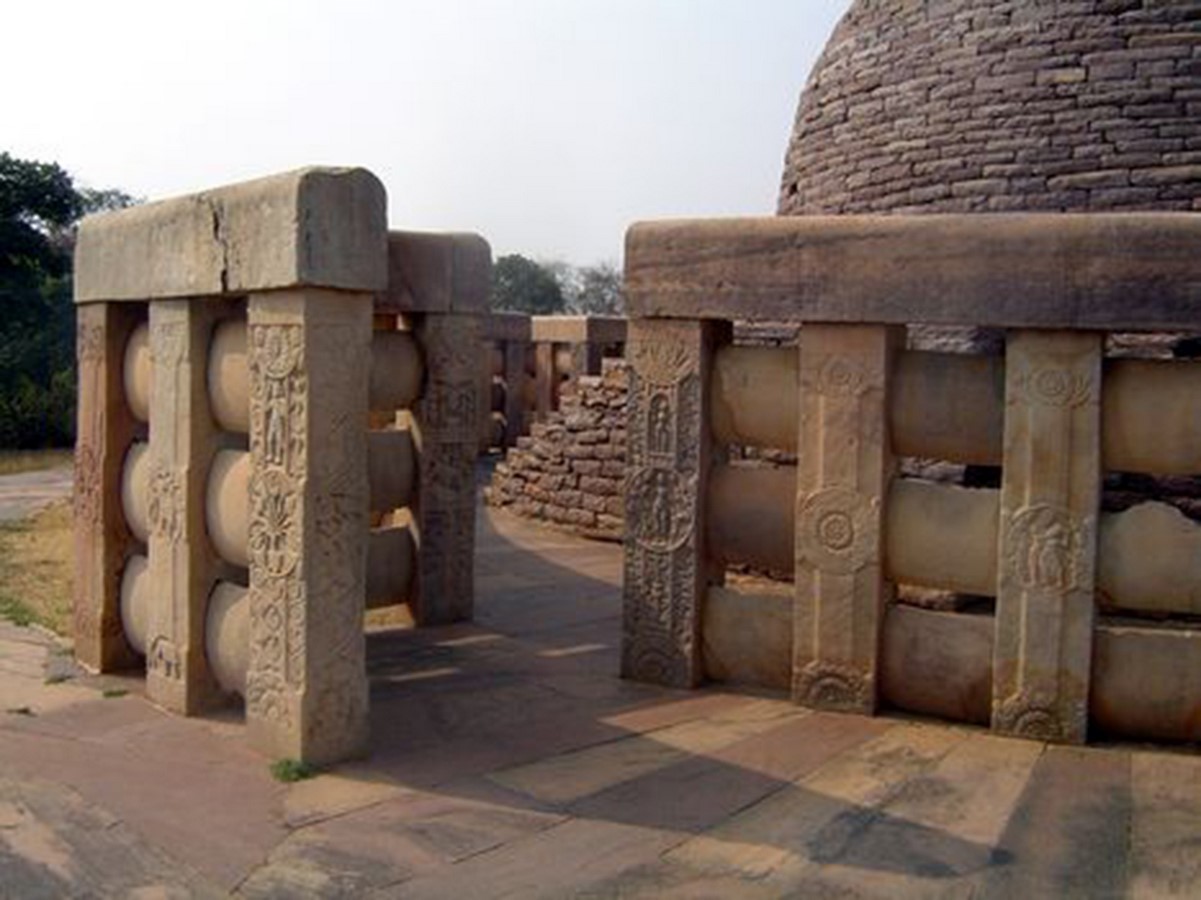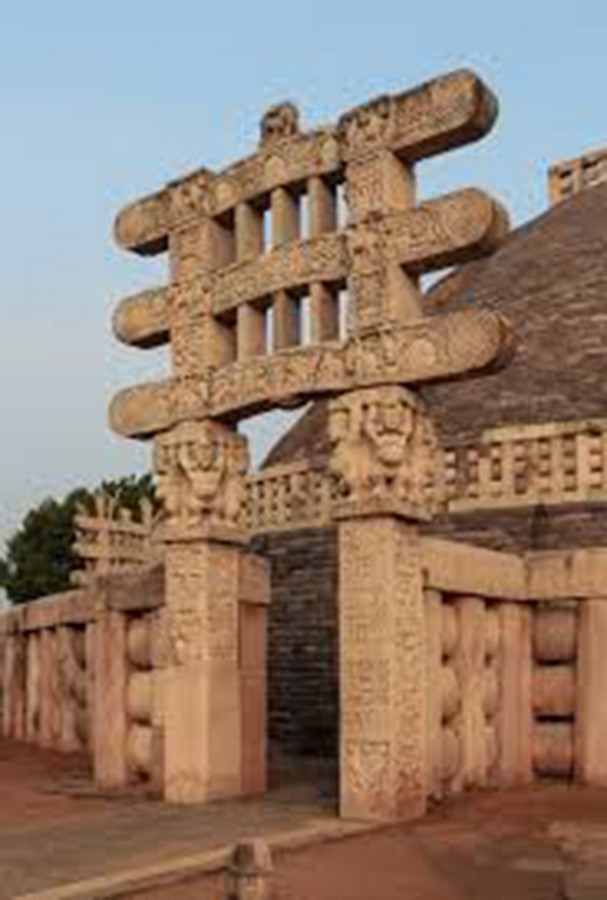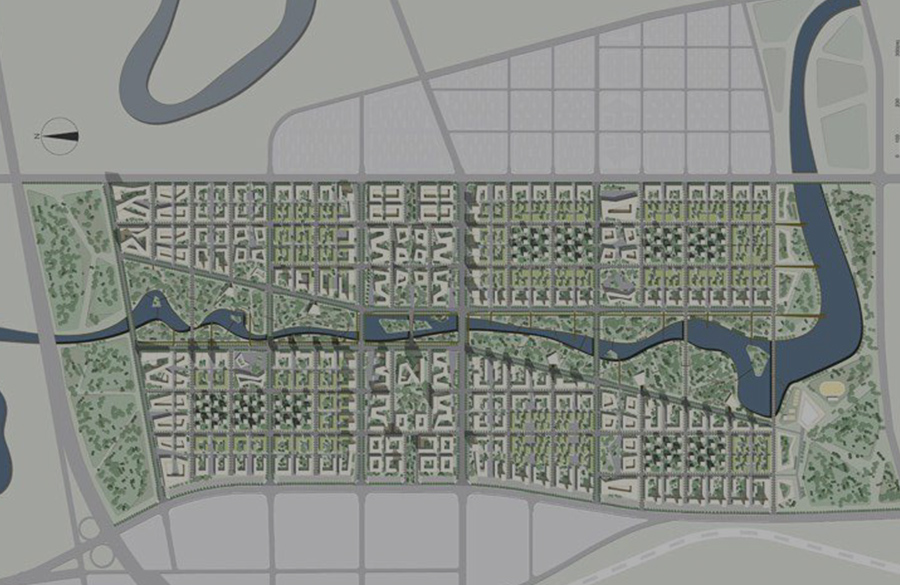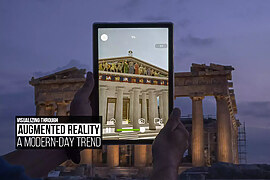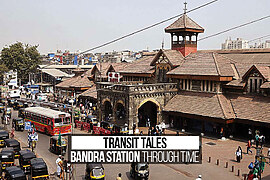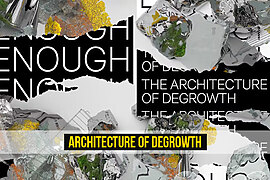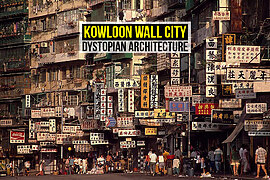In the ancient period, the traditions and belief systems of respective cultures are narrated through architecture. The kinaesthetic dimension of spatial narratives is explored by the ancient architects in which transcendence through a sequence of space will form the pattern language. Far beyond the functionality of spaces and forms, ancient architectural elements are symbolic of connotative meanings that form the events. Ancient architects had explored the architectural forms in a multitude of geometry, volumes, scales, and textures which emphasizes our sense of being. The temporality associated with culture, climate, and nature is meticulously incorporated into the architecture of ancient structures and cities. Moreover, the chronological evolution of buildings within an ensemble is an apparent narrative of the socio-cultural and political conditions of the respective countries. Surface embellishments in the form of sculptures, hieroglyphs, motifs, and reliefs were part and parcel of the ancient architecture anywhere around the world as they narrated the tales of mythology, the rulers, common people, and everyday life.
1. Egyptian Temples
Temples are spatial implications and formal elaboration of the Egyptian belief system. Perching upon the sandy deserts as monumental edifices sculpted out of stone the temple complex comprises a successive sequence of spaces, volumes, light, shades, and diverse kinds of symbolic motifs aligned axially and oriented towards the nurture of Egyptian civilization- the Nile river. The spaces narrate a pattern language for the devotees- it restricts the movement and conveys the sanctity of them. The sequence of varied spaces and forms along the axis is a chain of sequestered spaces to conduct rituals and rites. The formal language of each of the architectural elements starting from the design of the enclosure wall to that of pillars are narratives of religious or spiritual symbols and beliefs. The temple complex is endowed with the connotative meaning of the whole world itself- the processional pathway being the trajectory of the Sun, the space outside the temple being the water of chaos and the temple manifests order of cosmos.
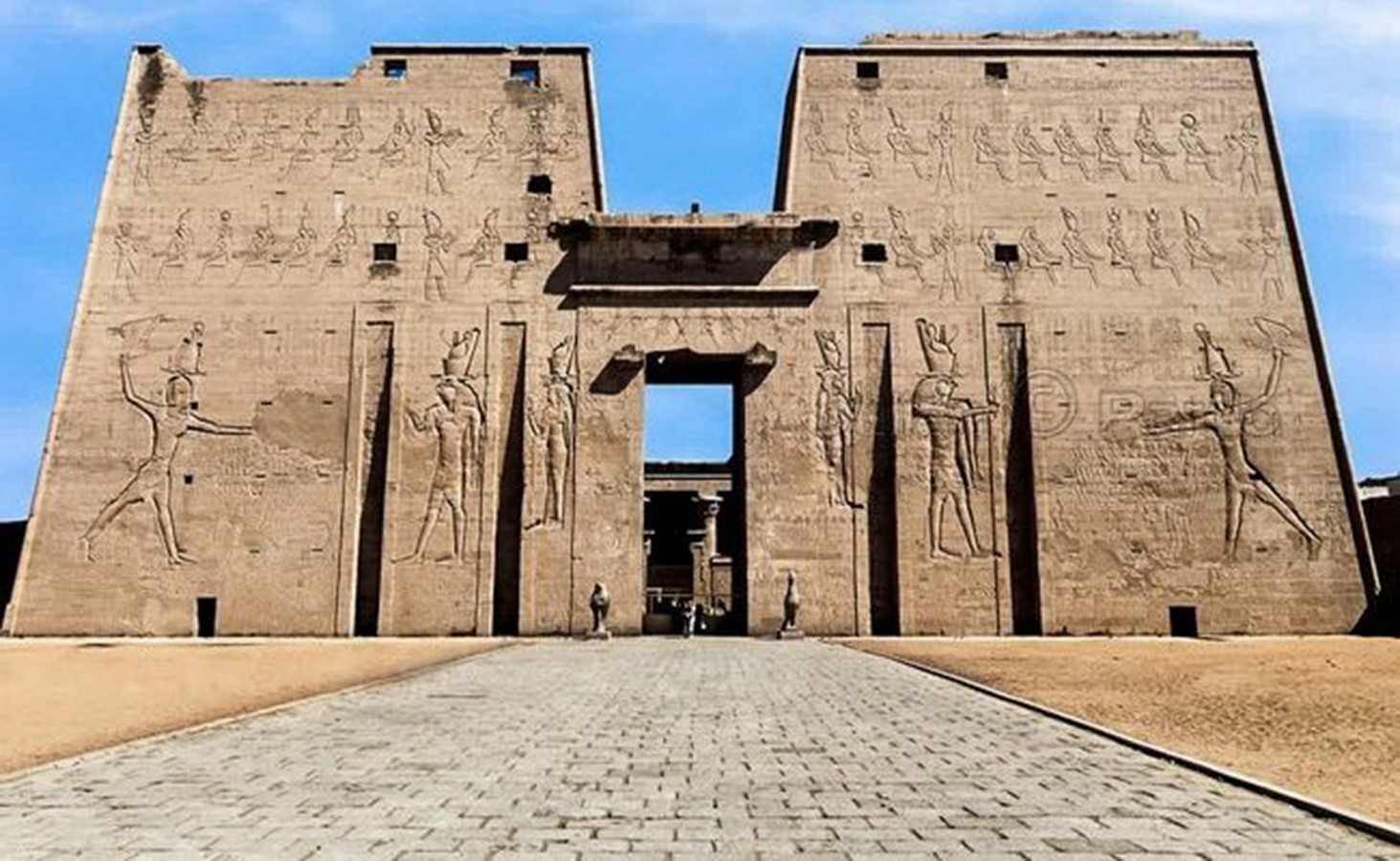
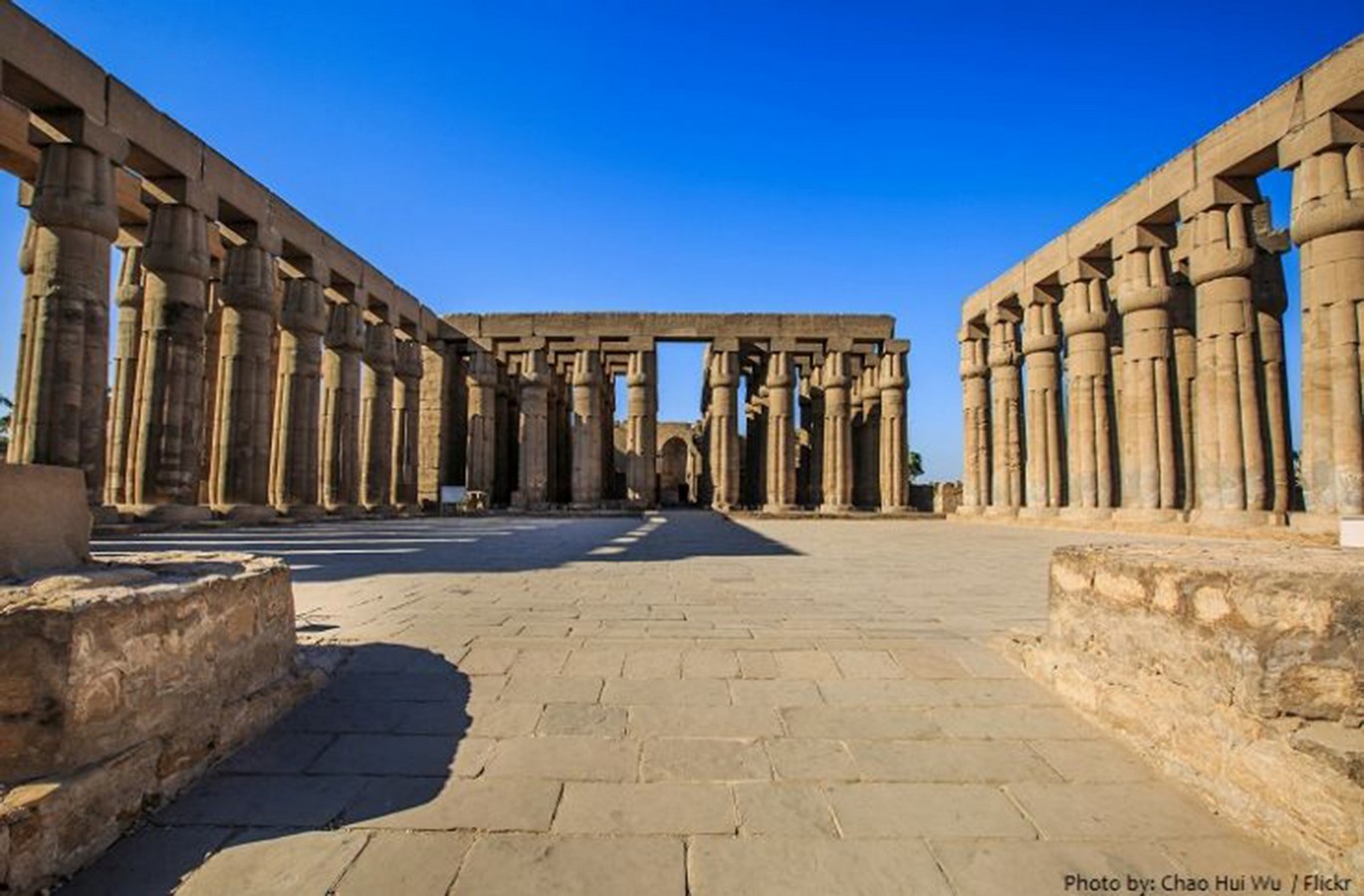
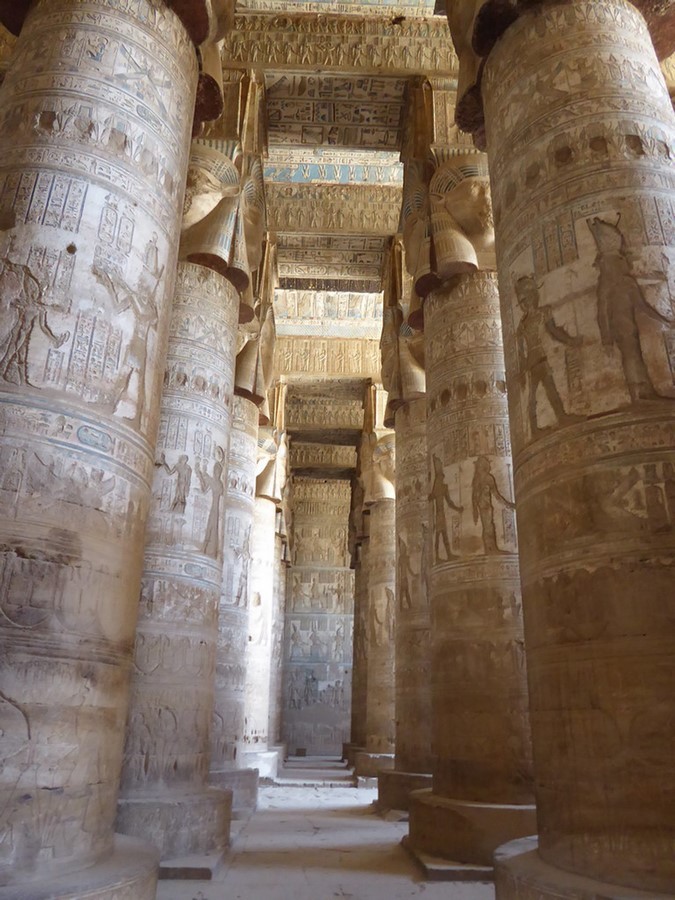
2. The Holy city of Varanasi
The holy city of Varanasi in Uttar Pradesh, India with its heritage built edge composed of a skyline with spires, shikharas and cupolas, walls with protruding Jarokhas, arched windows, jails and the silver line of Ghats unravels a tapestry of mythical narratives upon the holy river of Ganga. The narrativity of this riverfront city fabric is experienced through the bodily perception of space, textures, events or rituals, and the landscape. The narrow streets and walkways within the buildings disperse into the wide-open ghats whose steps which witness marriages to cremation descend to Ganga forming a land-water interface. The view from streets offers focused vistas of Ganga while that from the river shows the ghats being the setting for vibrant culture and enactment of ancient traditions of India. The spatial narratives of Varanasi are associated with a spatial-temporality concerning the systems of worship, climate, and the flow of the river. The body of the devotees is completely immersed in spirituality through the materials, movement, and rituals all of which cause acoustic, olfactory, haptic, and kinaesthetic perceptions.
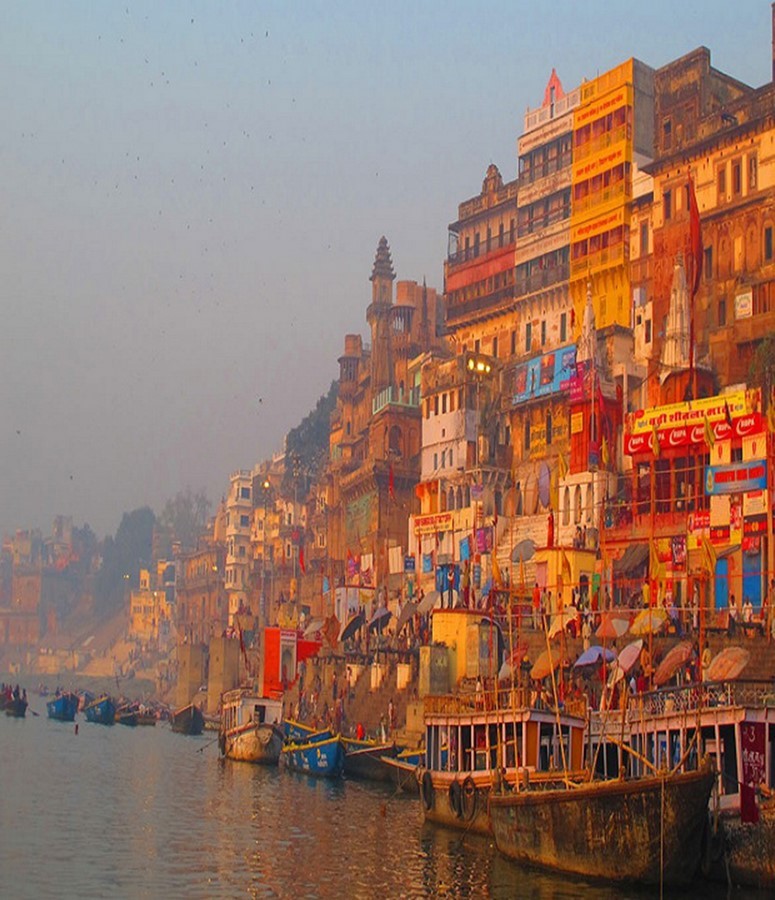
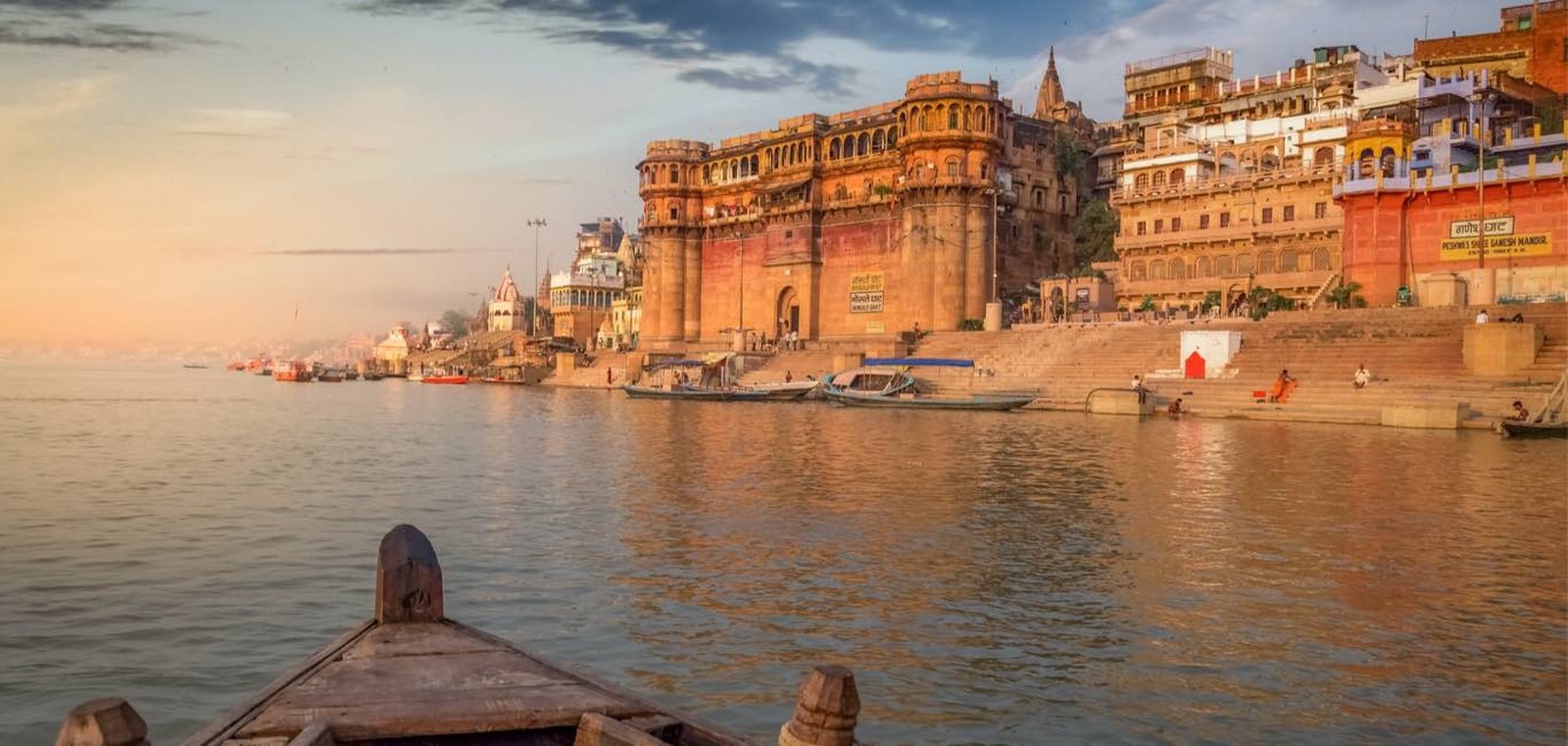
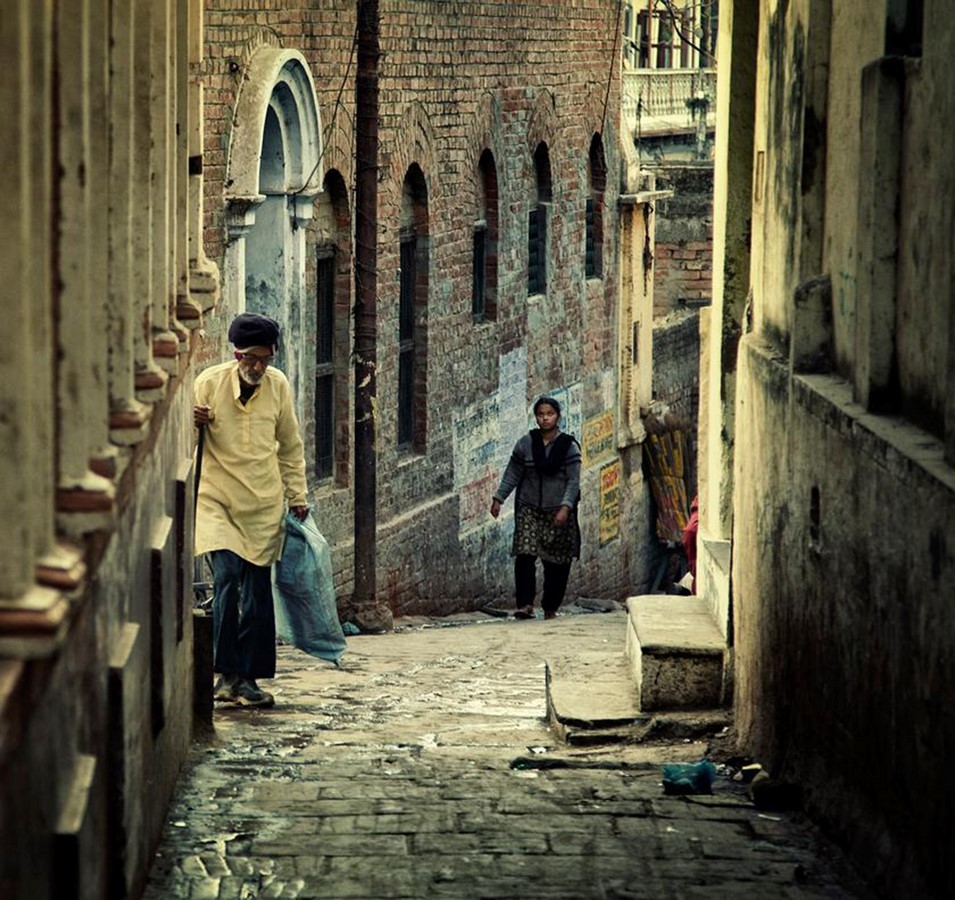
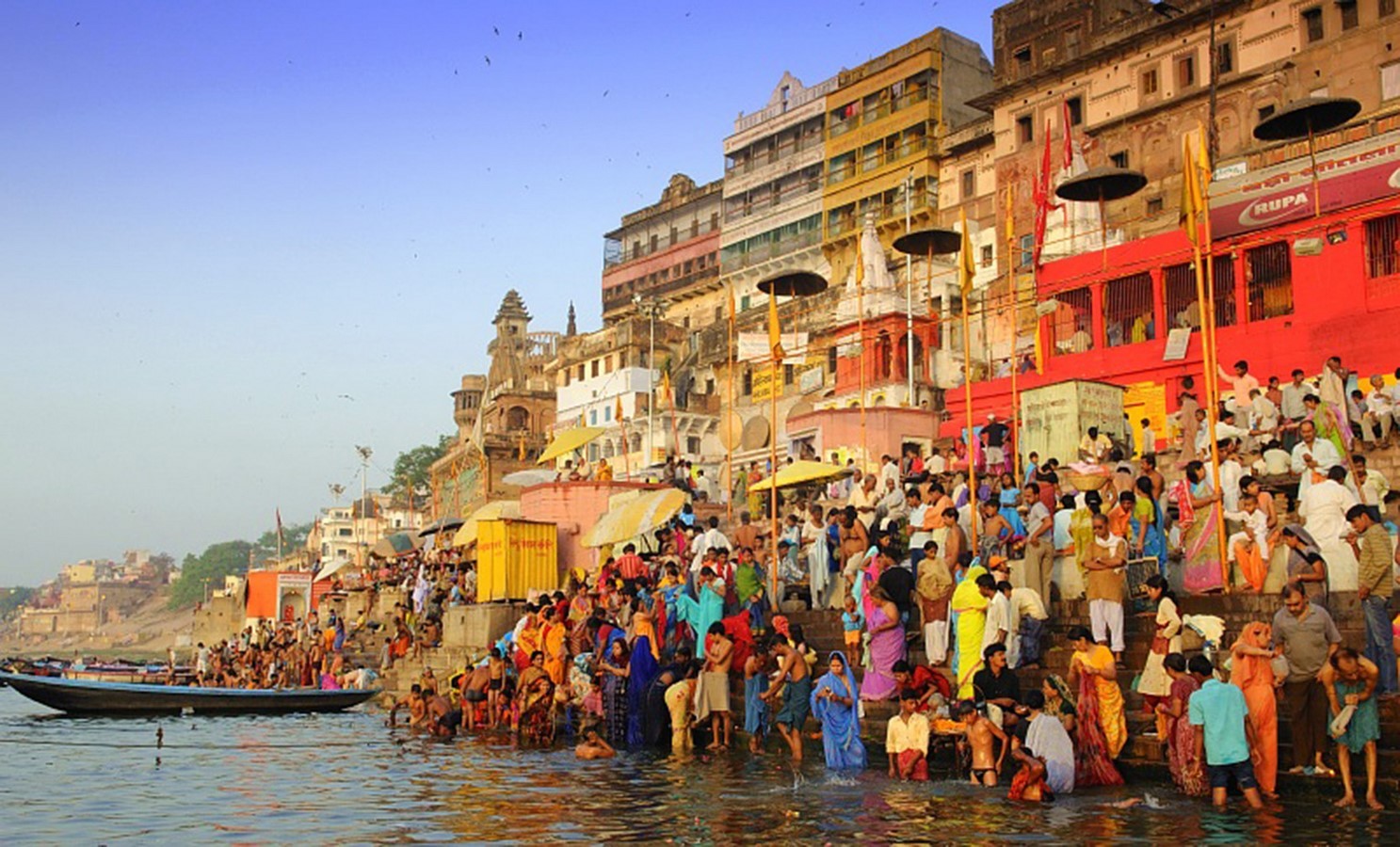
3. Acropolis of Athens
Acropolis symbolizes the Classical spirit bequeathed in Greek antiquity. The citadel complex with temples, theatres, and statues is the ancient reminiscence of the Greek victory over the Persians. The chronological evolution of Acropolis is a narration of Greek political history, the evolution of Greek orders, and the lifestyle of the aristocrats and the common men. The grand entrance portal of Propylea unfolds the majestic festival path for the Panathenaic procession, which is lined by Classical Greek temples manifesting the ground set of rules for proportion. Each of the temples is an architectural composition out of the classical orders; Parthenon- a masculine Doric temple, Erechtheion – a temple whose entablature is carried by graceful caryatid maids and Temple of Athena with modest capitals of orders with ionic volutes. The narrativity is expressed through the structural system of Classical greek orders which proclaim the triumph of that era and dwindling politics.
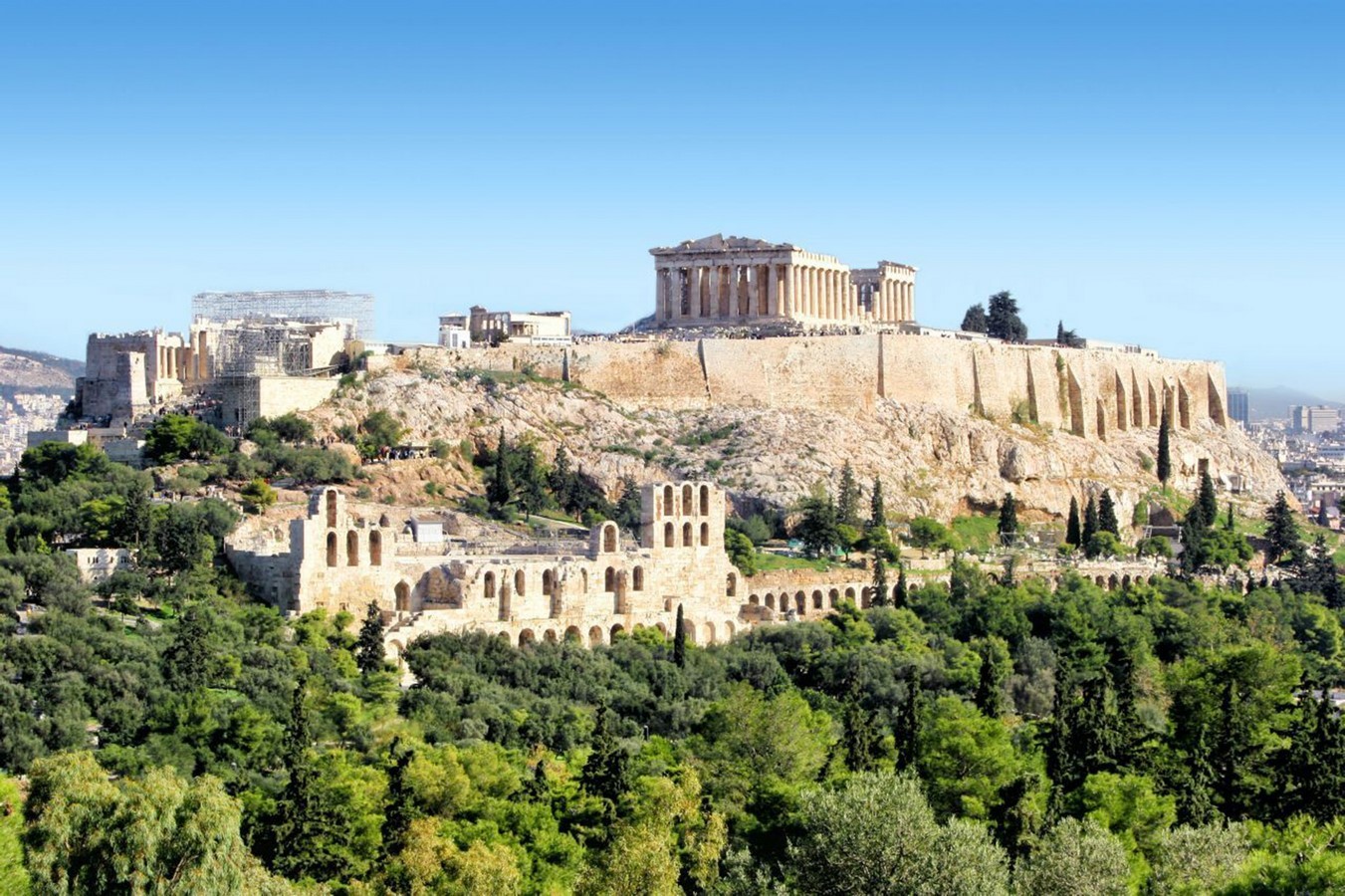
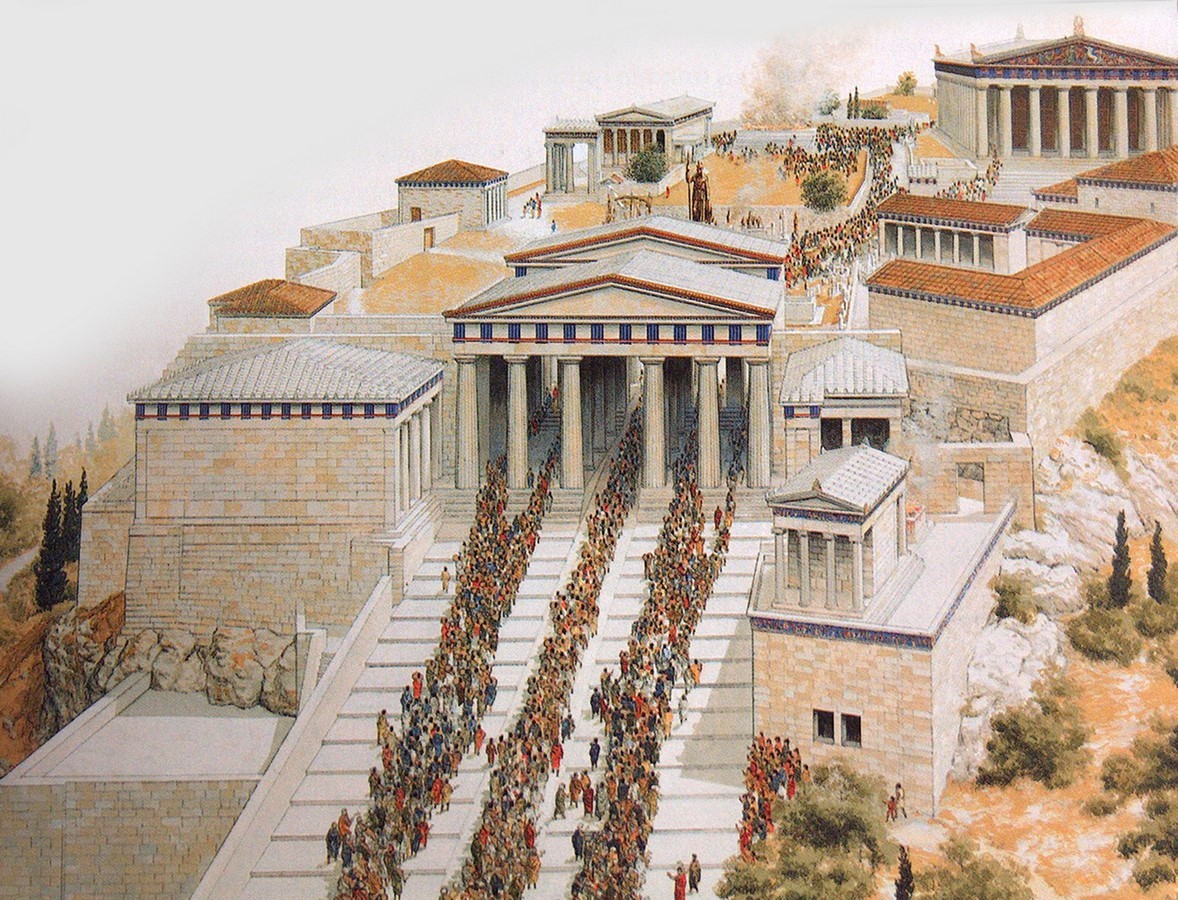
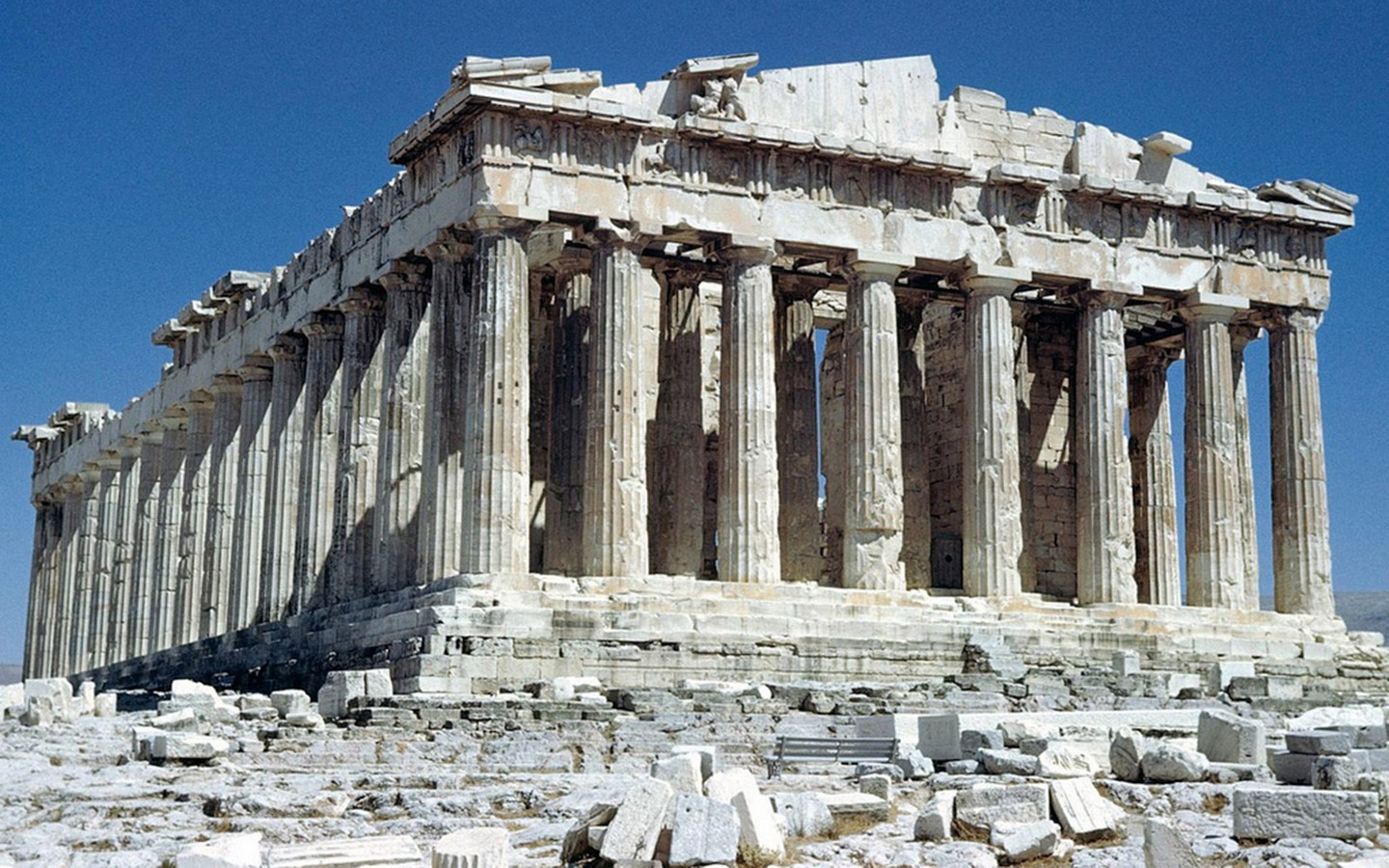
4. Sanchi Stupa Bhopal
The Sanchi Stupa is in truth the physical form of Buddhism and the Nirvana principle. Each of the architectural members is a symbol of Cosmic philosophy. The complex is defined in its outer border by Vedika or fencing which implies the delineation of sacred space and Profane space. The Torana or four gateways orients and opens to four quarters of the universe. The main structure comprises the hemispherical stone mound called Anda which encloses the Bija of the relics of Buddha. The stupa penetrates from the center of anda denoting the world’s axis and Budha’s enlightenment. Along with the symbolic connotations of the structures, the Sanchi Stupa narrates philosophy through the movement and directionality of the architectural elements such as the vedika encloses the circumambulation path called the Pradakshina path for the movement of devotees in clockwise which implies the passage of Sun. Similarly, the rising stupa denotes the spiritual ascent. Thoranas contain Buddhist inscriptions and figures of Yakshins and devatas all of which narrate the Buddhist tales.
